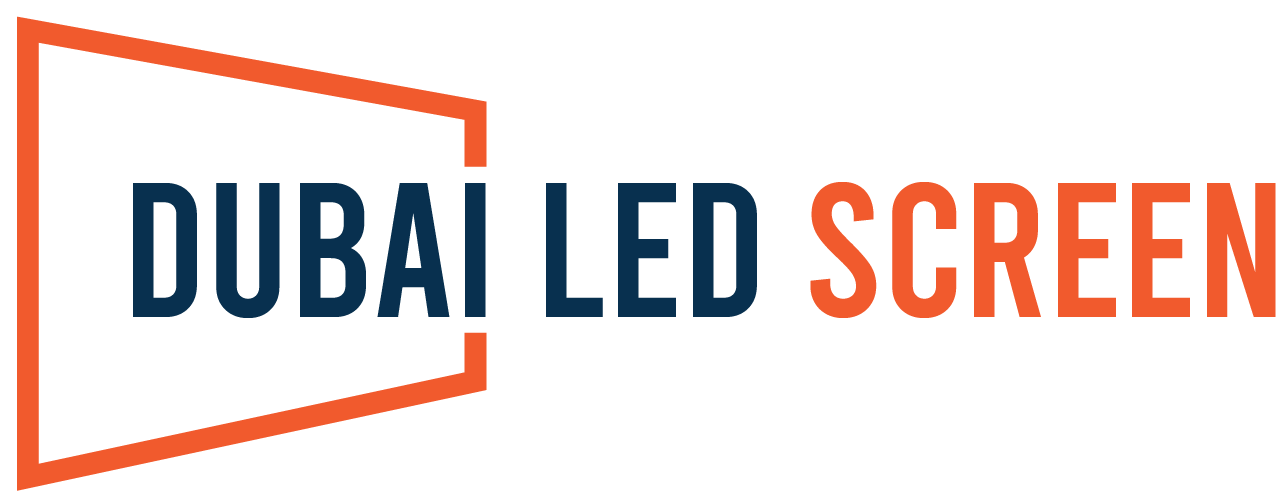Choosing the right LED display technology is crucial for maximizing performance and meeting specific application needs. Each type of LED technology—COB, GOB, SMD, and DIP—offers unique features and advantages tailored to different environments and requirements. Let’s delve deeper into each technology to understand their applications and considerations:
COB LED (Chip on Board)
What is COB LED?
- Technology: COB LEDs involve mounting multiple LED chips directly onto a substrate to form a single module.
- Features: High density of LED chips, enhanced brightness, excellent heat dissipation, and minimal pixelation.
- Applications: Ideal for high-resolution displays, indoor advertising, and environments requiring close viewing distances.
Advantages Over Traditional LED Screens:
- Superior Brightness and Clarity: COB LEDs offer higher brightness and clarity, making them suitable for environments with high ambient light.
- Better Heat Dissipation: Efficient heat management extends the lifespan of the LEDs and ensures consistent performance.
- Reduced Pixelation: High chip density provides smoother visuals, crucial for close-up viewing.
Drawbacks:
- Higher Cost: Generally more expensive due to the complexity of the technology.
- Delicate Handling: Requires careful installation and maintenance to avoid damage.
GOB LED (Glue on Board)
What is GOB LED?
- Technology: GOB LEDs involve coating the LED module with transparent epoxy resin for additional protection.
- Features: Enhanced durability, water and dust resistance, and anti-collision properties.
- Applications: Suitable for high-traffic areas, outdoor displays, and rental services requiring robustness.
Advantages Over Traditional LED Screens:
- Increased Durability: Protective resin layer enhances resistance to physical damage, moisture, and dust.
- Extended Lifespan: Additional protection contributes to prolonged operational life.
- Improved Viewing Angle: Offers better visibility from different perspectives compared to traditional LEDs.
Drawbacks:
- Slightly Higher Cost: Manufacturing costs increase due to the protective coating.
- Potential Glare: The resin layer may cause glare under certain lighting conditions.
SMD LED (Surface-Mount Device)
What is SMD LED?
- Technology: SMD LEDs mount LED chips onto the surface of a PCB (Printed Circuit Board).
- Features: Compact size, capable of producing a wide range of colors, and versatile applications.
- Applications: Widely used in indoor and outdoor displays, digital signage, and consumer electronics.
Advantages Over Traditional LED Screens:
- Compact Size: Enables higher pixel density and better resolution, suitable for detailed graphics and close viewing.
- Versatility: Adaptable to various applications from small indoor screens to large outdoor displays.
- Cost-Effective: Generally more affordable than COB and GOB technologies.
Drawbacks:
- Heat Management: May require additional cooling solutions for applications demanding high brightness.
- Lower Brightness: Typically not as bright as COB or DIP LEDs, less suitable for environments with intense ambient light.
DIP LED (Dual In-line Package)
What is DIP LED?
- Technology: DIP LEDs house LED chips in a cylindrical package with two parallel pins.
- Features: High brightness, robustness, and long operational life.
- Applications: Best suited for outdoor displays, large billboards, and applications requiring high visibility.
Advantages Over Traditional LED Screens:
- High Brightness: Offers superior brightness levels, making them ideal for outdoor environments.
- Durability: Resistant to environmental factors such as temperature fluctuations and moisture.
- Longevity: Known for their reliability and extended operational life.
Drawbacks:
- Lower Resolution: Larger size limits pixel density, less suitable for high-resolution displays.
- Color Limitations: Limited in producing a wide range of colors compared to SMD LEDs.
Choosing the Right LED Display for Your Application
- Indoor vs. Outdoor: COB and SMD LEDs are preferred indoors for their high resolution and versatility. DIP and GOB LEDs excel outdoors due to their brightness and durability.
- Viewing Distance: COB LEDs provide clear visuals at close range, while DIP LEDs offer high brightness for longer distances.
- Budget Considerations: SMD LEDs offer a cost-effective solution for diverse applications. COB and GOB LEDs provide superior performance at a higher cost.
- Durability Requirements: GOB LEDs are ideal for environments prone to physical impact, moisture, or dust, ensuring longevity and reliability.
Conclusion
Understanding the distinctive features and benefits of COB, GOB, SMD, and DIP LED displays empowers businesses to make informed decisions aligned with their specific needs. Whether prioritizing resolution, brightness, durability, or cost-efficiency, selecting the right LED technology ensures optimal performance and maximizes return on investment in various applications and environments.
